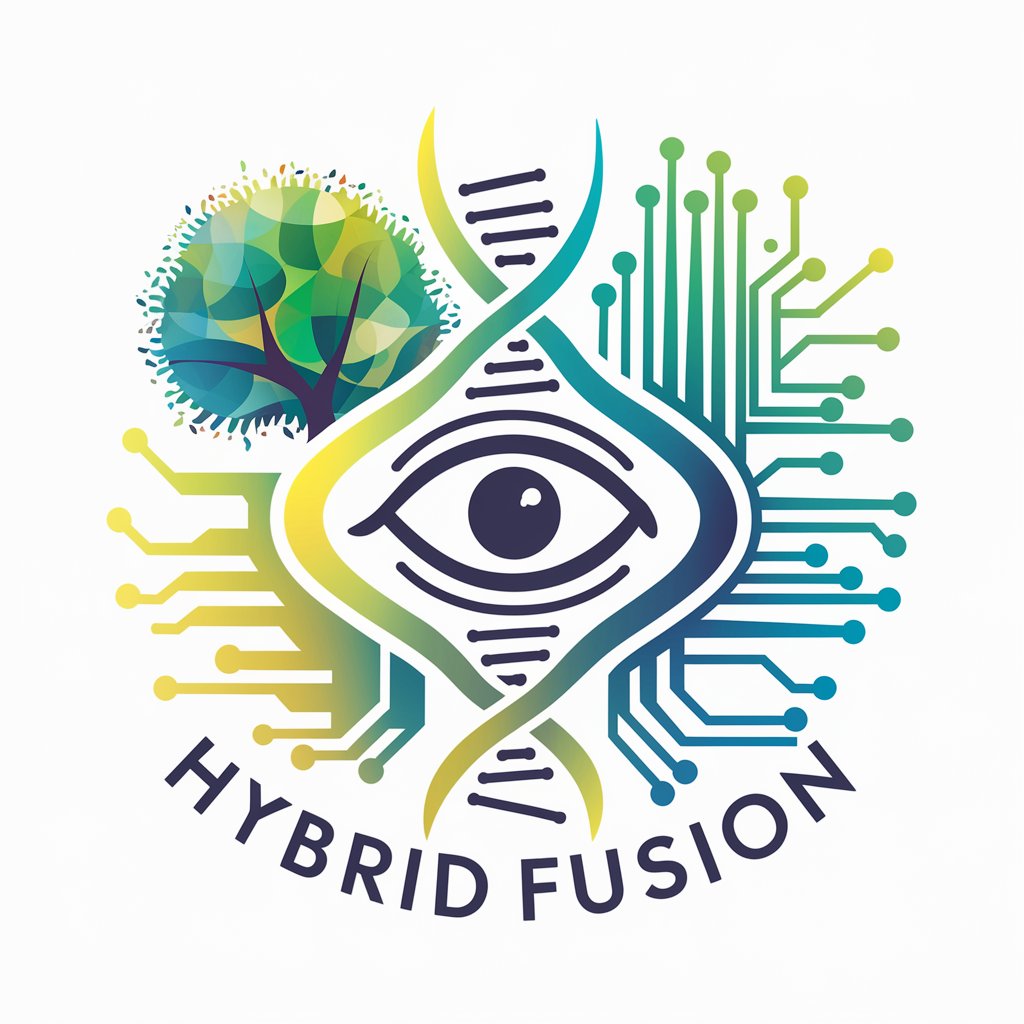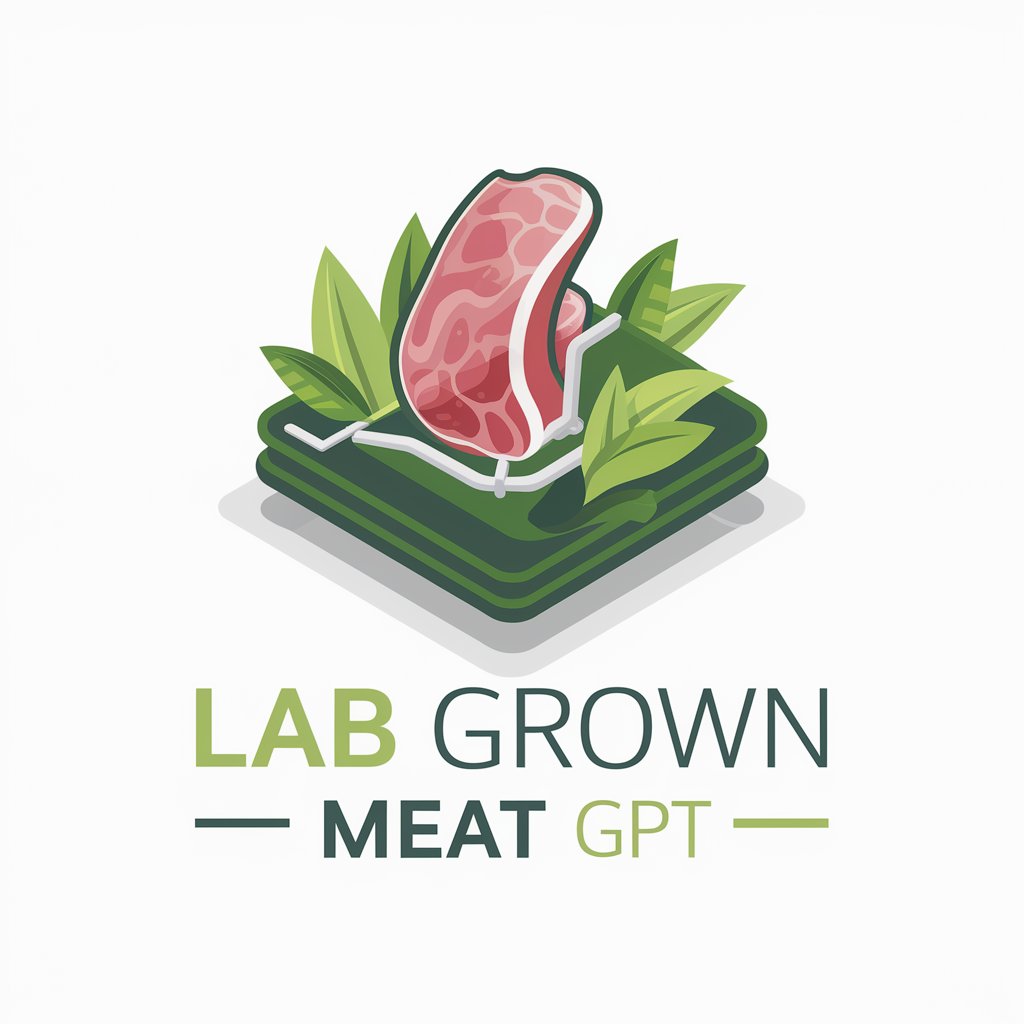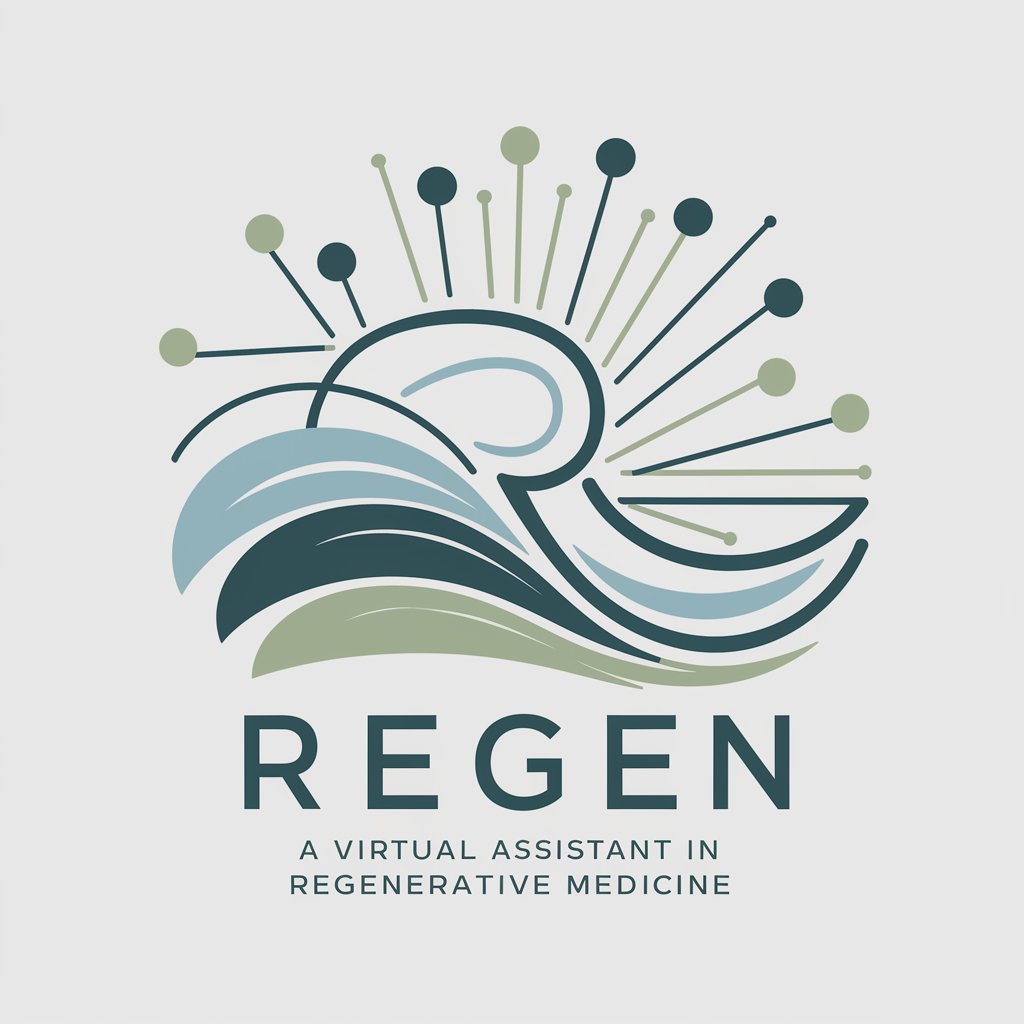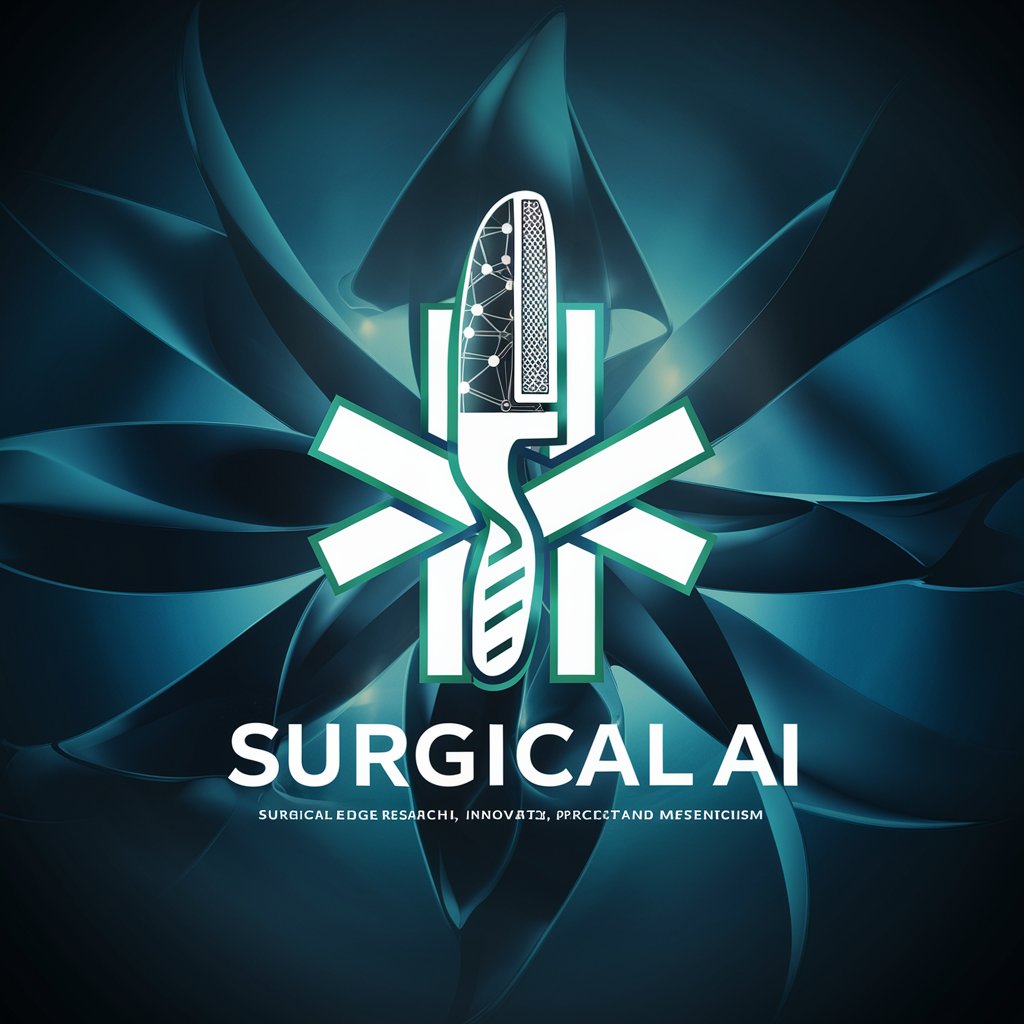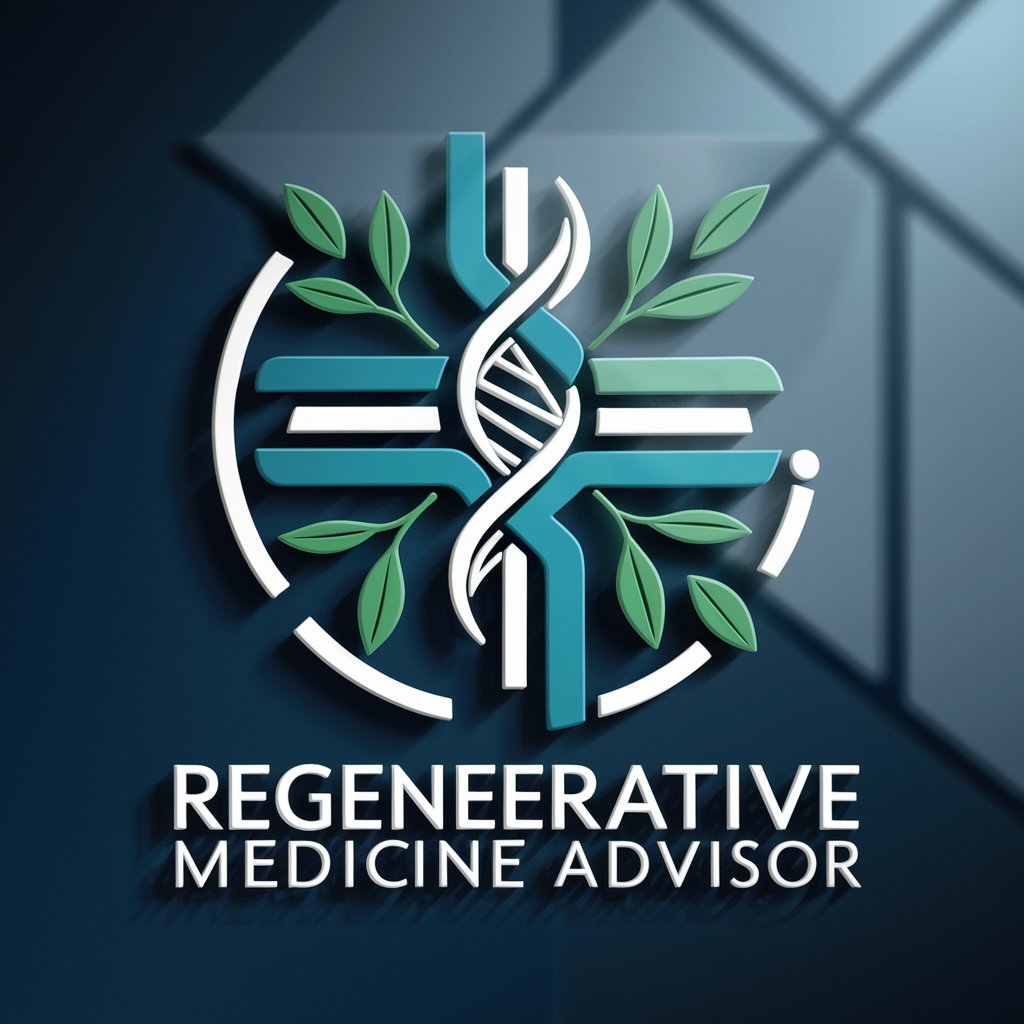
artificial organ growth - Artificial Organ Innovation

Welcome! Let's explore the future of artificial organ growth together.
Growing the Future: AI-Driven Organ Development
What are the latest advancements in artificial organ growth?
Discuss the ethical considerations of growing artificial organs.
How does tissue engineering contribute to artificial organ development?
What are the potential future developments in organ transplantation technology?
Get Embed Code
Introduction to Artificial Organ Growth
Artificial organ growth encompasses a range of biomedical approaches aimed at generating functional organ substitutes to repair, replace, enhance, or support diseased or damaged tissues and organs. This field combines principles from tissue engineering, regenerative medicine, stem cell biology, and biomaterials science to create living, biocompatible organs using a patient's own cells whenever possible. One illustrative example is the creation of lab-grown bladders, where a patient's own cells are harvested, expanded in culture, and then seeded onto a biodegradable scaffold shaped like the organ. This scaffold is then placed in a bioreactor, where it matures before being transplanted back into the patient. Another scenario involves the growth of skin for burn victims, using a similar approach to create large areas of skin that can be grafted onto wounds, significantly improving healing times and reducing the risk of infection. Powered by ChatGPT-4o。

Main Functions of Artificial Organ Growth
Replacement of damaged organs
Example
Lab-grown kidneys for patients with end-stage renal disease
Scenario
Patients with failing kidneys currently rely on dialysis or organ transplants from deceased or living donors. Artificially grown kidneys can provide a permanent solution, reducing waiting times for transplants and the risk of organ rejection, as they can be made from the patient's own cells.
Enhancement of organ function
Example
Bioartificial pancreas for diabetes management
Scenario
This involves creating a pancreas that not only replaces the insulin-producing function of a damaged one but also may improve regulation through more sensitive glucose-responsive insulin secretion. Such advancements could significantly improve the quality of life for diabetes patients.
Tissue repair and regeneration
Example
Regenerated cardiac tissue patches for heart attack recovery
Scenario
After a heart attack, the damaged heart tissue can be repaired with lab-grown cardiac tissue patches. These patches can integrate with the heart's existing tissue, helping to restore function and prevent heart failure.
Ideal Users of Artificial Organ Growth Services
Patients with organ failure or chronic diseases
Individuals suffering from conditions like kidney failure, liver cirrhosis, heart diseases, and diabetes can greatly benefit from artificial organ growth, as it offers potential cures or significantly improves their quality of life by replacing or repairing damaged organs.
Victims of accidents or burns
People who have suffered extensive skin, muscle, or other tissue damage due to accidents or burns may require reconstructive surgeries that utilize artificially grown tissues or organs, thus avoiding the limitations of skin grafts and enhancing healing outcomes.
Individuals with congenital defects
Babies born with organ defects or missing organs can benefit from artificial organ growth, providing them with functional tissues or organs that grow with them and reduce the need for multiple surgeries throughout their lives.

Guidelines for Using Artificial Organ Growth
Initiate Trial
Start by exploring the technology at yeschat.ai for a hassle-free trial, without the need to sign up or subscribe to ChatGPT Plus.
Understand Prerequisites
Familiarize yourself with the basics of tissue engineering, stem cell biology, and 3D bioprinting as these are fundamental to artificial organ growth.
Identify Application
Determine the specific need for artificial organ growth, such as for research, therapeutic applications, or educational purposes.
Optimize Conditions
Ensure optimal conditions for organ growth by maintaining the right environment, which includes temperature, nutrients, and growth factors specific to the organ being developed.
Monitor Progress
Regularly monitor the growth and development of the organ using imaging techniques and biochemical assays to ensure healthy organ development and functionality.
Try other advanced and practical GPTs
Chord Wizard
Harmonize Your Music with AI

Chu Fu
Unlock Ancient Mysteries with AI

DIY Guide
Empowering Your Projects with AI
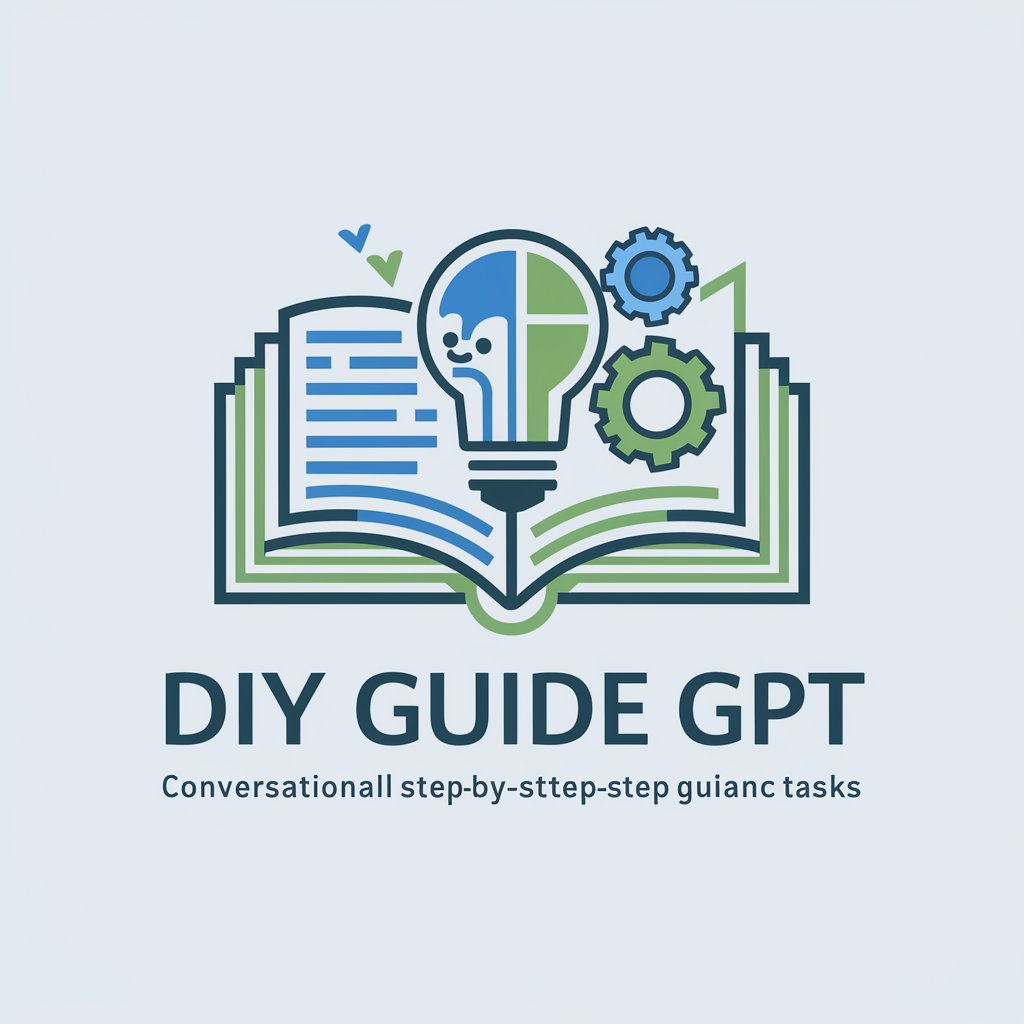
GTA style
Craft Your Own GTA Universe

Crypto Vigilant
Empowering users against crypto scams with AI.

ERP Corporate Systems Innovator
Modernizing ERP with AI-driven Insights

Pro Game Designer
Empowering Game Design with AI

Literary Juanito
Elevate Your Writing with AI

Career Catalyst
Empower Your Career Path with AI

Austin: The Financial Advisor
Empowering Your Financial Decisions with AI

DeFi Security Maestro
Empowering Blockchain Security with AI

Learning Assistant that will Help you with School
AI-powered, personalized learning assistance
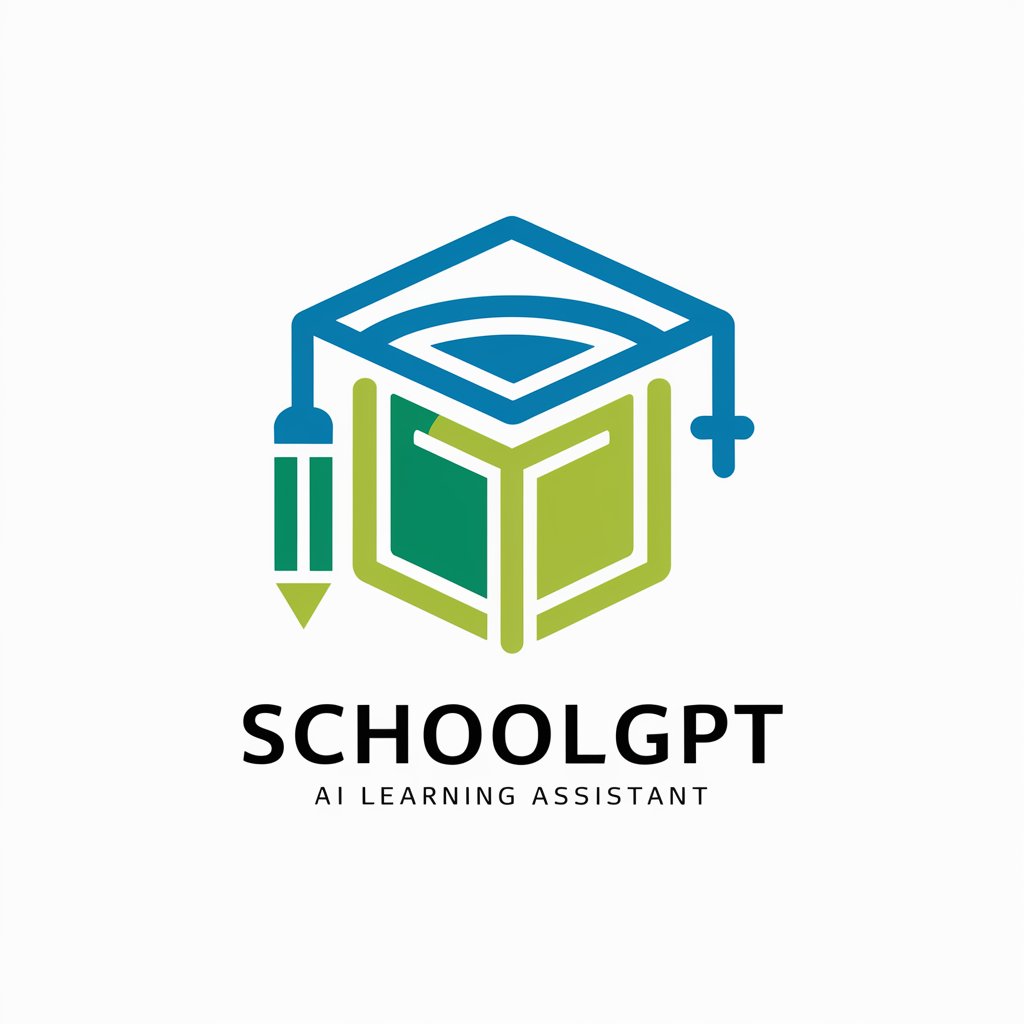
Artificial Organ Growth Q&A
What is artificial organ growth?
Artificial organ growth involves using bioengineering techniques to develop organs in the lab. This process often uses cells, scaffolds, and bioreactors to mimic the natural growth of organs for transplantation or research purposes.
How do artificial organs compare to donor organs?
Artificial organs can potentially reduce the reliance on donor organs, offering a renewable source of organs with less risk of rejection. However, achieving the complexity and functionality of natural organs remains a significant challenge.
What are the ethical considerations in artificial organ growth?
Ethical considerations include ensuring equitable access to these technologies, addressing concerns over genetic modification, and the welfare of any animals involved in the research.
Can artificial organs grow to full size?
Yes, with advancements in tissue engineering and regenerative medicine, it's possible to grow organs to full size. However, this is highly dependent on the organ, the growth environment, and the technologies used.
What future advancements are expected in artificial organ growth?
Future advancements may include more sophisticated 3D bioprinting techniques, improved biomaterials for scaffolding, and enhanced understanding of stem cell differentiation to more closely mimic natural organ development.

